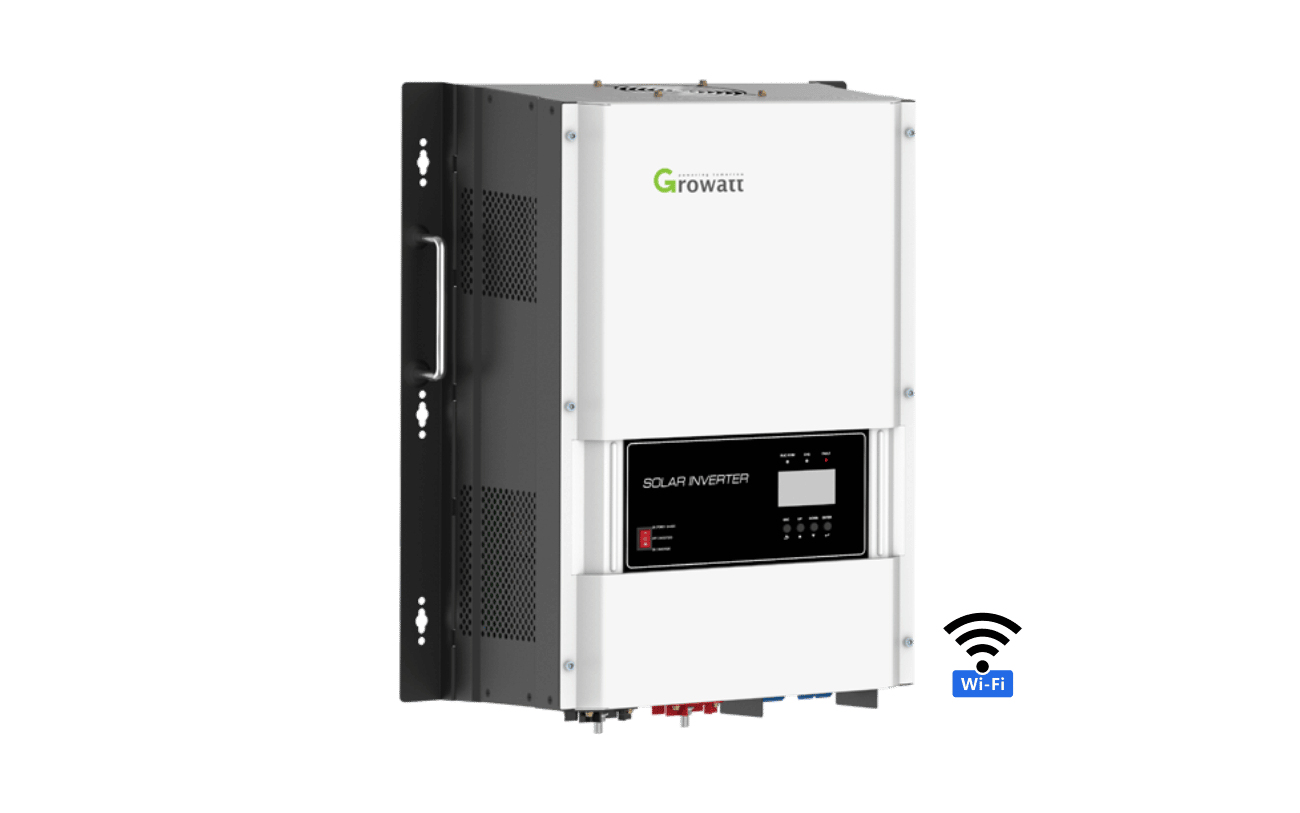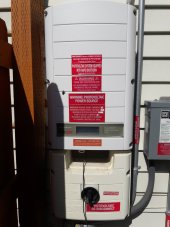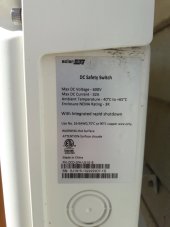JoshuaC0352
New Member
- Joined
- Apr 25, 2022
- Messages
- 15
Greetings everyone. I am new to all of this, including this forum, so please be patient with me. I have run into an issue. I ordered a battery from BigBattery.com, and the battery came with a home install kit. The kit included a Growatt 6000 inverter. All of this has been shipped, and is supposed to arrive today. However, when I was reading the manual for the Growatt inverter, it says the max voltage it can handle is 240v. My panels (which were on the house when I bought it, so it's not my fault) generate 365-370 volts. So now I am in a dilemma. I checked online and there is a European inverter that has been modified to be compatible with the US grid. It can handle up to 450 volts. But that means I would have to return my current inverter (which is better than the European one BTW, because it can push out 6kw compared to the 5kw of the Euro one). I don't know if I can return the current one though, since I bought it as a package from BigBattery.com. I'm trying to get a hold of them right now. So I have two options as far as I understand it. I can split the PV-DC line and split the voltage, and send 270v to the inverter that came with the panels (that inverter is rated for 270-500), and send 100v to the Growatt 6000. This would require me to build some complicated system involving resistors and such, which will still cost me additional money. Or I could buy the modified European Growatt 5000 and just use that one. I was just wondering what you guys think the best course of action should be. Also, here is some additional info:
Big Battery: 15kwh - 7kw
Current Inverter: 270v - 500v (dumb inverter. Just converts DC to AC) - This pushes power straight back to the grid.
Growatt 6000 - US inverter, 60-240v DC input, output 6kw (smart inverter)
Growatt 5000 - European build, modified for US grid, up to 450v DC input, output 5kw (smart inverter)
Panels: 370v and 0-4kw
edit: Just got done talking with BigBattery, they will not allow me to return the inverter. So I will have to use the Growatt6000 or see if I can re-sell it.
Big Battery: 15kwh - 7kw
Current Inverter: 270v - 500v (dumb inverter. Just converts DC to AC) - This pushes power straight back to the grid.
Growatt 6000 - US inverter, 60-240v DC input, output 6kw (smart inverter)
Growatt 5000 - European build, modified for US grid, up to 450v DC input, output 5kw (smart inverter)
Panels: 370v and 0-4kw
edit: Just got done talking with BigBattery, they will not allow me to return the inverter. So I will have to use the Growatt6000 or see if I can re-sell it.
Last edited:










